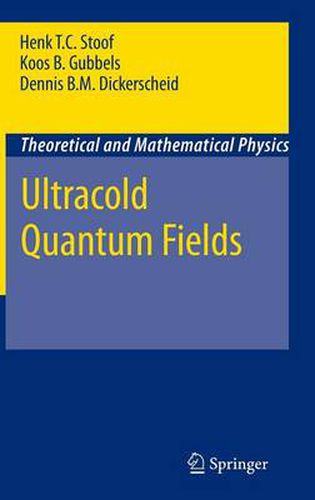Readings Newsletter
Become a Readings Member to make your shopping experience even easier.
Sign in or sign up for free!
You’re not far away from qualifying for FREE standard shipping within Australia
You’ve qualified for FREE standard shipping within Australia
The cart is loading…






This title is printed to order. This book may have been self-published. If so, we cannot guarantee the quality of the content. In the main most books will have gone through the editing process however some may not. We therefore suggest that you be aware of this before ordering this book. If in doubt check either the author or publisher’s details as we are unable to accept any returns unless they are faulty. Please contact us if you have any questions.
On June 19th 1999, the European Ministers of Education signed the Bologna Dec laration, with which they agreed that the European university education should be uniformized throughout Europe and based on the two cycle bachelor master’s sys tem. The Institute for Theoretical Physics at Utrecht University quickly responded to this new challenge and created an international master’s programme in Theoret ical Physics which started running in the summer of 2000. At present, the master’s programme is a so called prestige master at Utrecht University, and it aims at train ing motivated students to become sophisticated researchers in theoretical physics. The programme is built on the philosophy that modern theoretical physics is guided by universal principles that can be applied to any sub?eld of physics. As a result, the basis of the master’s programme consists of the obligatory courses Statistical Field Theory and Quantum Field Theory. These focus in particular on the general concepts of quantum ?eld theory, rather than on the wide variety of possible applica tions. These applications are left to optional courses that build upon the ?rm concep tual basis given in the obligatory courses. The subjects of these optional courses in clude, for instance, Strongly Correlated Electrons, Spintronics, Bose Einstein Con densation, The Standard Model, Cosmology, and String Theory.
$9.00 standard shipping within Australia
FREE standard shipping within Australia for orders over $100.00
Express & International shipping calculated at checkout
This title is printed to order. This book may have been self-published. If so, we cannot guarantee the quality of the content. In the main most books will have gone through the editing process however some may not. We therefore suggest that you be aware of this before ordering this book. If in doubt check either the author or publisher’s details as we are unable to accept any returns unless they are faulty. Please contact us if you have any questions.
On June 19th 1999, the European Ministers of Education signed the Bologna Dec laration, with which they agreed that the European university education should be uniformized throughout Europe and based on the two cycle bachelor master’s sys tem. The Institute for Theoretical Physics at Utrecht University quickly responded to this new challenge and created an international master’s programme in Theoret ical Physics which started running in the summer of 2000. At present, the master’s programme is a so called prestige master at Utrecht University, and it aims at train ing motivated students to become sophisticated researchers in theoretical physics. The programme is built on the philosophy that modern theoretical physics is guided by universal principles that can be applied to any sub?eld of physics. As a result, the basis of the master’s programme consists of the obligatory courses Statistical Field Theory and Quantum Field Theory. These focus in particular on the general concepts of quantum ?eld theory, rather than on the wide variety of possible applica tions. These applications are left to optional courses that build upon the ?rm concep tual basis given in the obligatory courses. The subjects of these optional courses in clude, for instance, Strongly Correlated Electrons, Spintronics, Bose Einstein Con densation, The Standard Model, Cosmology, and String Theory.